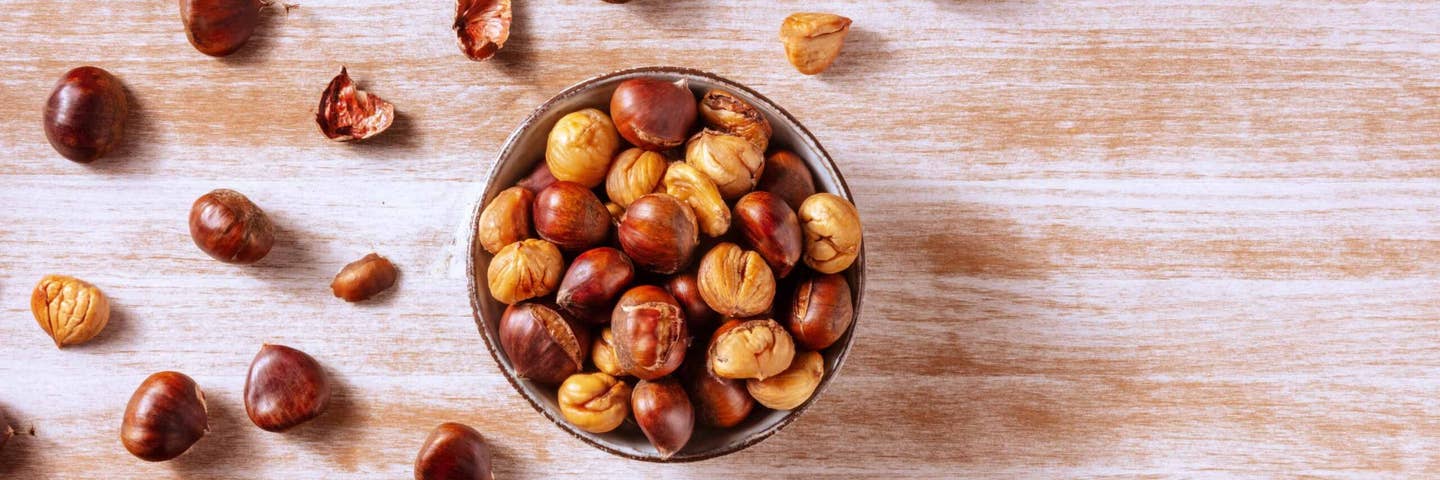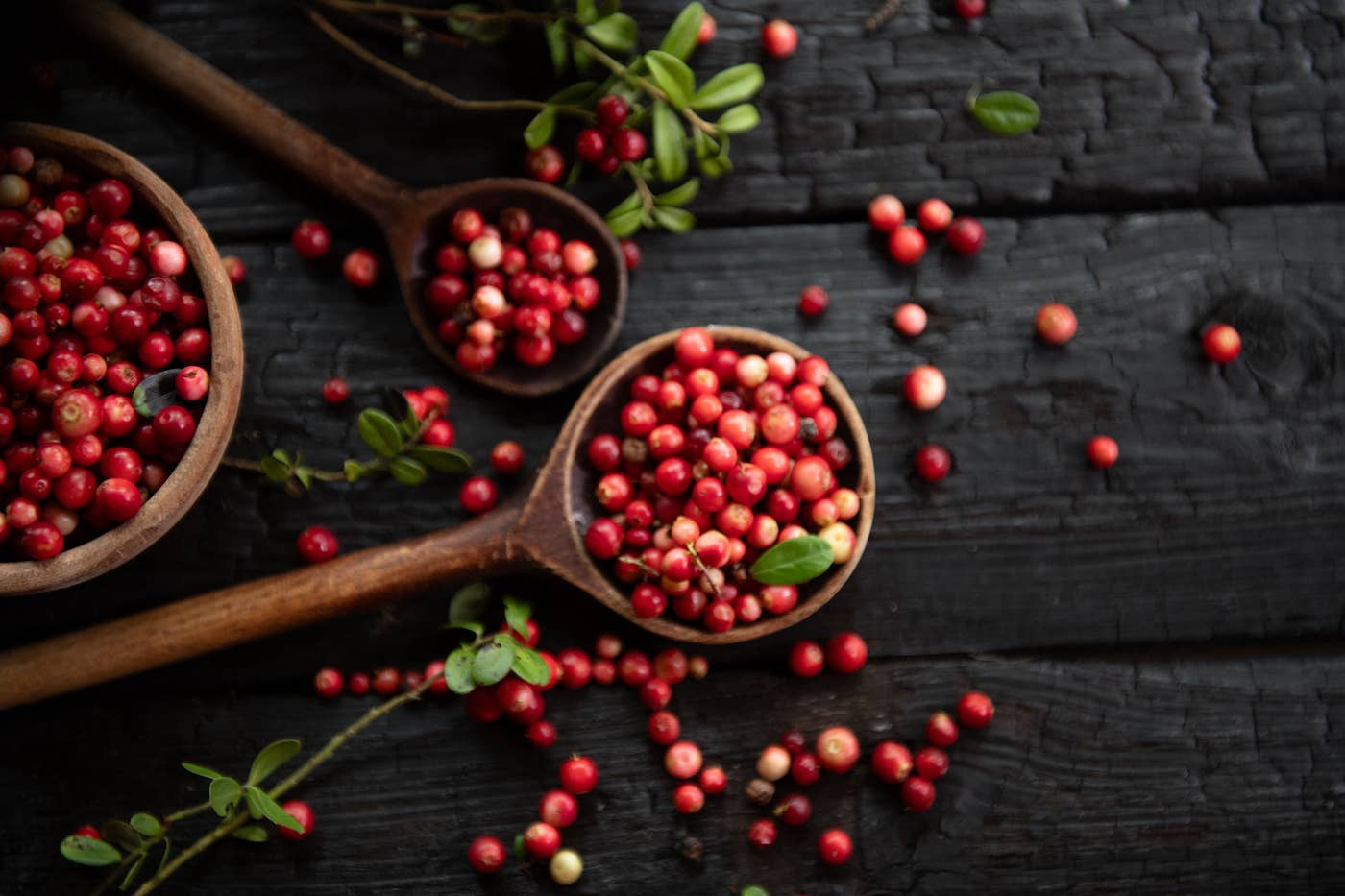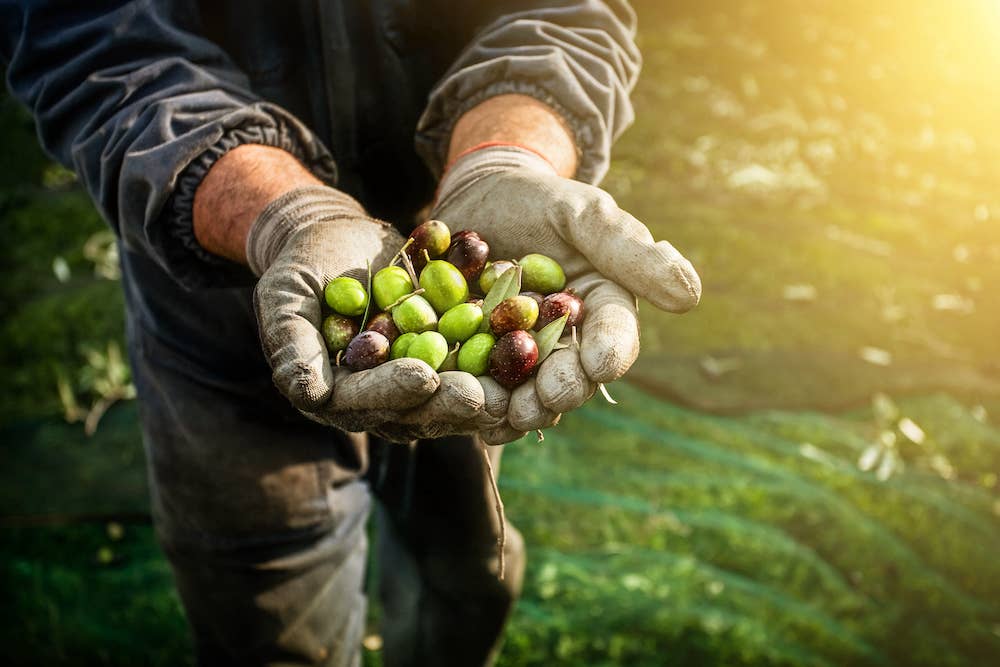Follow these tips for freezing summer's best fruit and veggie offerings so you can enjoy their sun-kissed goodness all year long.
Freezing Tomatoes
Nothing beats the flavor of peak-season local tomatoes, and nothing could be easier than freezing them to use later in sauces, soups, and stews. Simply place whole washed and dried tomatoes on a baking sheet, and freeze until firm. Transfer to resealable plastic bags or tight-sealing freezer containers. Thaw what you need for a recipe and, like magic, the skins will slip right off, so they’re ready to use.
Freezing Corn
Summer corn is sweeter, juicier, and a lot less expensive than the ears you can find year-round. Take advantage of the bounty by cutting the kernels from raw ears with a sharp knife then freezing them in resealable plastic bags or tight-sealing freezer containers. The kernels can be added straight from the freezer to soups, stews, casseroles, Mexican dishes, and even holiday latkes come December! Added bonus: You can also freeze the cobs to use in vegetable stocks.
Freezing Basil
Want to know an Italian farmhouse trick for preserving fresh basil? Blanch it: Hold a bunch of fresh basil in your hand by the stems and dip the leaves in a pot of boiling water for 5 to 10 seconds. Dunk the now-wilted stems in a bowl of ice water to stop the cooking process, and then pat the bunch dry. Remove the leaves and discard the stems). Divide the leaves into 2-tablespoon piles on a parchment- or wax paper–lined baking sheet. Freeze until you have firm clusters. Transfer the clusters to resealable plastic bags or tight-sealing freezer container. Thaw then chop and use in cooked soups, sauces, and casseroles such as our Mushroom-Basil Gratin.
Freezing Berries, Cherries, Plums, and Apricots
Got berries in the fridge that might go bad before you have a chance to eat them? Rinse, dry, and stem the surplus, and freeze them in a single layer on a parchment or wax paper–lined baking sheet. Transfer the frozen berries to a resealable plastic bag or tight-sealing freezer container. Add to your stash any time you have extras. Use what you’ve saved to make desserts and breakfast muffins that will burst with summer flavor. Note: You can freeze pitted cherries and halved, pitted plums and apricots the same way.
Freezing Melons
The chances of finding a melon that’s perfectly ripe are much greater in the summer. Make the most of those odds by scooping cantaloupe, Crenshaw, and honeydew melon into balls (or cutting them into cubes, if you don’t have a melon-baller) then freezing the balls in a single layer on a wax or parchment lined–baking sheet. Transfer to resealable plastic bags or tight-sealing freezer containers. Use in fruit salads, blend into “nice cream,” or eat them straight from the freezer for a refreshing snack.
Freezing Peaches
Height-of-summer peaches (and nectarines, their cousins) are favorite fruits for home preservers because as their flavors reach their peak, their price starts to plummet—and then they’re gone until next year. To take advantage of these sweet, juicy bargains, blanch the whole fruits 30 seconds; then drop them in a bowl of ice water to loosen the skins. Peel, pit, and slice the fruit. Freeze slices in a single layer on a parchment or wax paper–lined baking sheet Transfer to resealable plastic bags or tight-sealing freezer containers. Use in luscious crumbles, cobblers, and other baked goods, as well as smoothies and nice creams.
If you enjoyed these tips for freezing fruit and other produce, check out our guide for Reducing Food Waste by Using What's on Hand, which includes expert pointers from Plant-Based on a Budget author Toni Okamoto.
Related News
Try Our Top-RatedMeal Planner Free

Forks Meal Planner takes the hard work out of making nutritious meals the whole family will enjoy.
SAVE $200 ON OUR ULTIMATE COURSE

Join our best-selling course at a new lower price!





